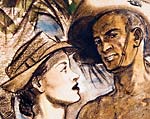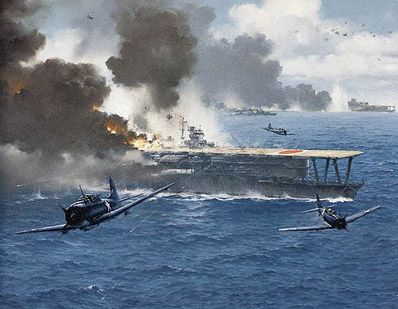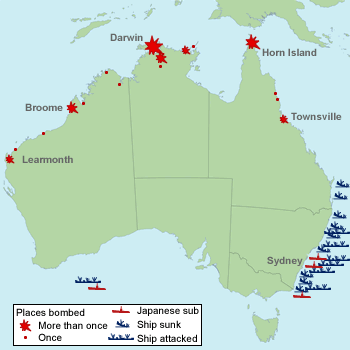 |
|

Australia History Timeline:
http://www.abc.net.au/archives/80days/timeline.htm




|
On 3 September 1939, Prime Minister Robert Gordon Menzies announced that Australia was at war with Germany. "Fellow Australians, it is my melancholy duty to inform you officially, that in consequence of a persistence by Germany in her invasion of Poland, Great Britain has declared war upon her and that, as a result, Australia is also at war."
After Great Britain declared war on Germany on 3 September
1939, Australia raised a volunteer force, the Second
Australian Imperial Force (AIF), and sent the 6th, 7th and
9th Divisions of the AIF overseas to support Britain.
Despite long-held fears that
Japan would enter the war on the side of the Germans, the Australian government also sent Royal Australian Air Force (RAAF) aircrews and a number of Royal Australian Navy (RAN) ships to fight for Britain. |
a) Under the above heading, make a
mind map
(right click open in a new window) in your book
on reasons why
Australia felt she was "also at war" with Britain, and got involved in
the war. (Or you could build your
mind map with one of these
free mind-mapping tools.)
(Write:
Reasons for Australian involvement in World War II,
in a circle in the middle of a new page to start your mind map.)
Google Image search 'mind maps' if you don't know
how to draw a mind map.
| (Add these points to your mind map: - Australia's political and cultural ties to Britain - Australia's place in the British Commonwealth and the number of British descendants in Australia; Australia's location - distance and isolation from Britain, surrounded by non-European countries; Australian reliance on the aid of the British navy for protection; the wish to defeat aggressive authoritarian powers and return freedom and democracy to the people of Europe; and Australia's desire to show the world that although a young nation, Australia can make a significant contribution to the war effort, and can make a significant contribution and have an input into arena world affairs...; and ??) |
4. Where Australians fought during the Second World War

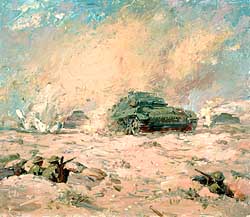

b) Put the above heading (point 4.) at the top of the map.
c) Add some point form notes from the following to the map as well.
The information below, will help you. Use an on-line atlas to find the locations.
Then paste the map in your folder/book.
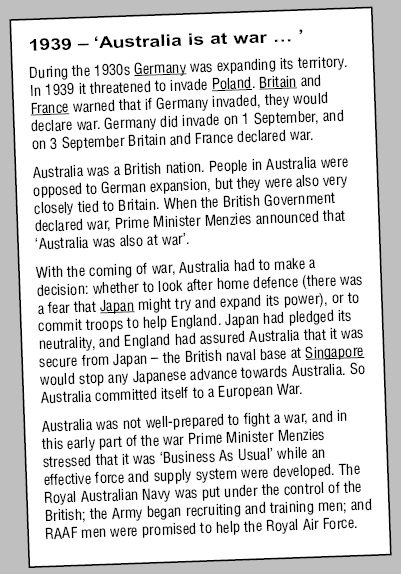
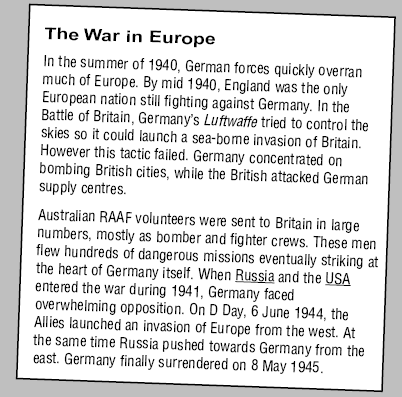


a) i) Google something like: 'fighting conditions Australians in New Guinea' and 'fighting conditions Australians in North Africa'.
Design a brief comparison chart of the fighting conditions the Australian forces experienced in these two theatres of operations.
ii) Which theatre of war appeared to have had the worst fighting conditions for the Australian troops?
b) i) Find and paste in your book/folder 2 maps, one showing where the Australians fought in North Africa and one showing the Kokoda track.
ii) Label the maps to show where significant battles were located.
http://www.ww2australia.gov.au/asfaras/kokoda.html
http://www.larkin.net.au/school/09_year_nine.html
iii) Google image search these two areas of fighting and paste in your books two small pictures that you think typify the nature of the warfare they experienced.
c) Make a mind map on the experiences of Australians as prisoners of war - click at the top of this site: http://www.ww2australia.gov.au/behindwire/
OR recreate a POW diary or journal, and include sketches or photographs. The diary or journal should accurately recount the experiences of Australian prisoners of war.
.
a) In your book under the above heading, make a few points or a quick mind map on the impact on civilians of the bombing of Darwin and the mini submarines in Sydney Harbour, -
See http://www.ww2australia.gov.au/underattack/ click at the top of this site.
Also this page of pictures,
and http://www.abc.net.au/archives/80days/stories/2012/01/19/3411215.htm
OR instead of mind-mapping points from your research, role-play a reporter standing in front of some bombed building in Darwin soon after the bombing and report the recent events. ( use a 'green screen' made of green cardboard taped together) OR record a radio broadcast from the morning after the Japanese submarine attack in Sydney harbour. Include historical details of the events. As well you could interview an eye-witness.
This page will suggest what software you may be able to use.
b) Make a quick mind map on the impact on civilians of the internment of "enemy aliens", - see:
http://www.ww2australia.gov.au/allin/aliens.html
7. Wartime Government Controls
.
a)
For Impact of war on the home
front ( government controls, rationing, censorship etc.) make points
in a general mind map on this
topic from the
paragraph below, and then see if you can find some interesting
additional information from the following sites :

b) For Government Controls make a few extra points (or a
quick separate mind map), from:
https://australiainworldwar2project.weebly.com/wartime-government-controls.html
https://www.awm.gov.au/articles/encyclopedia/homefront
http://svc029.wic009tp.server-web.com/history/ww2/homefront/controls.html

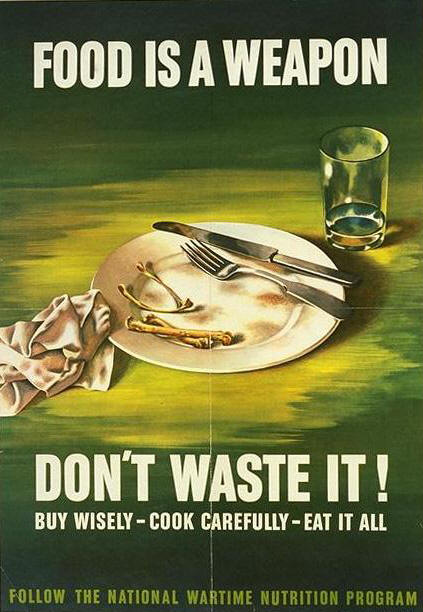

c) For Conscription: make a few notes or a simple mind map from the three
paragraphs below, and then see if you can find some
interesting
additional information from a web search of: WW2/Australia/conscription
| Conscription:
The Scullin Labor government 1929-32 abolished compulsory military training so, on the outbreak of the Second World War in September 1939, the conservative government led by Robert Menzies, chose to reintroduce the measure. All single men on turning 21 were required to undertake three months training with the militia to prepare them for home defence. Over the next two years the military position greatly worsened. The Japanese successes in the Pacific meant that Australia faced a serious threat of invasion. The Labor prime minister, John Curtin (an opponent of conscription in the First World War) in February 1942 expanded the definition of 'home defence' to cover the south-west Pacific. There was again a public debate of the conscription issue. The flavour of this is given by selected material in the Library's collection. The case against conscription was set out by South Australian trade unionists. The case for was put by the Australian War Services League and in a pamphlet produced by the Adelaide Advertiser. By contrast with the First World War, an overall majority of Australians supported Curtin's proposals; South Australia was one of four states where a majority approved conscription for this broadened 'home defence', which was, of course, conscription for overseas service in the areas where Australian forces were needed. |
8. Changing roles of Australian Women During World War II
On this topic, make a few brief notes or a mind map from this site:
http://svc029.wic009tp.server-web.com/history/ww2/bfa/homefront.html or
http://www.ww2australia.gov.au/
Also see:
http://www.abc.net.au/archives/80days/themes.htm?theme=shiftingalliances
Japanese signing
surrender documents
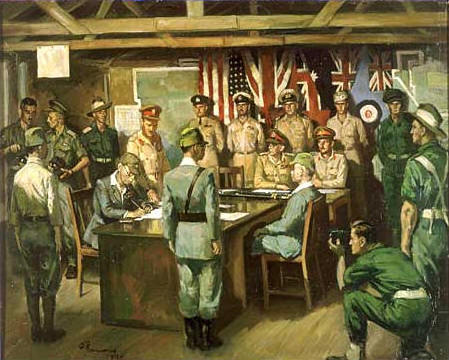 |
For more information go to:
http://www.larkin.net.au/school/09_year_nine.html
http://www.ww2australia.gov.au/
http://www.abc.net.au/archives/80days/timeline.htm
